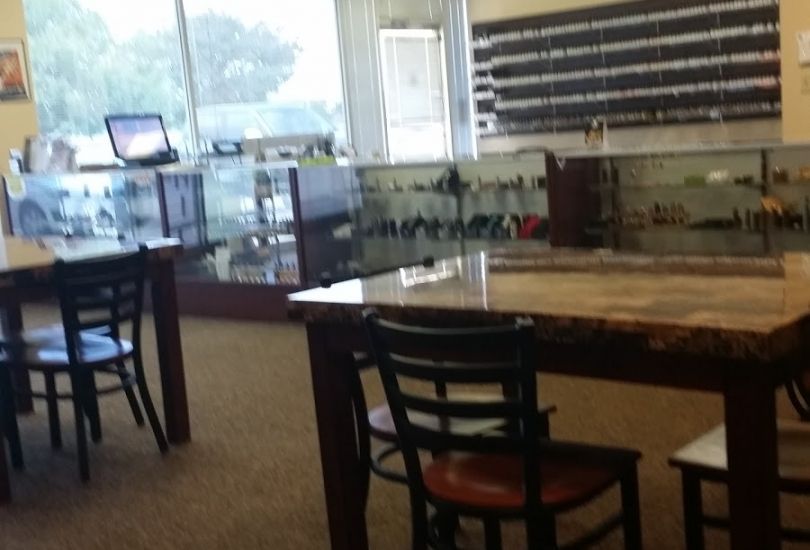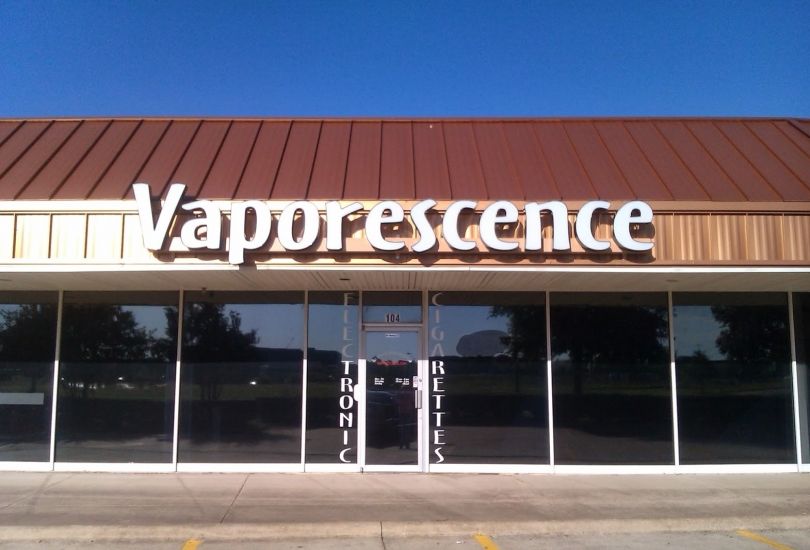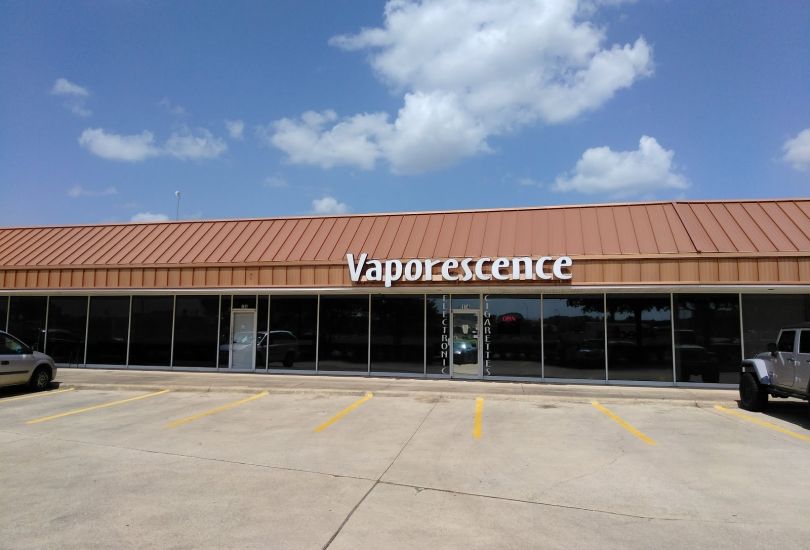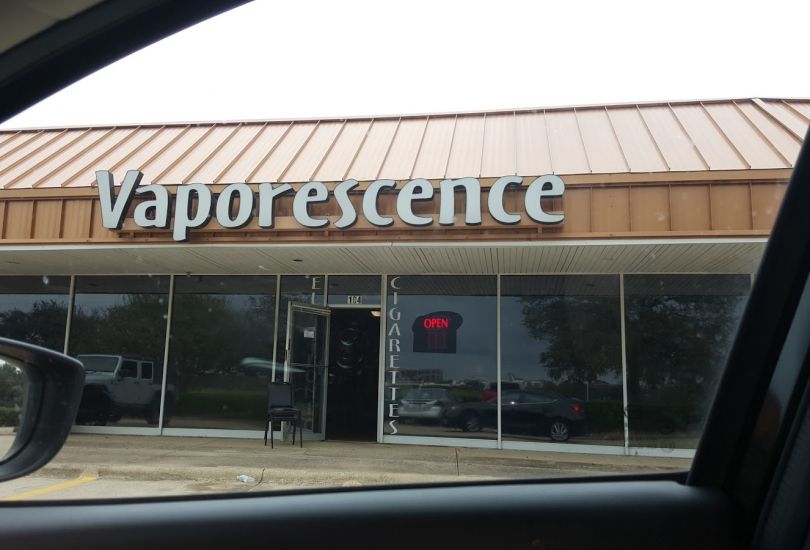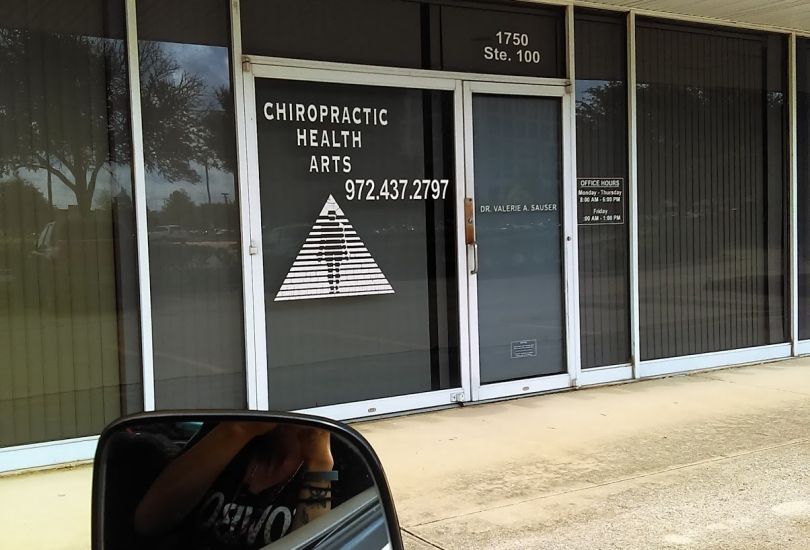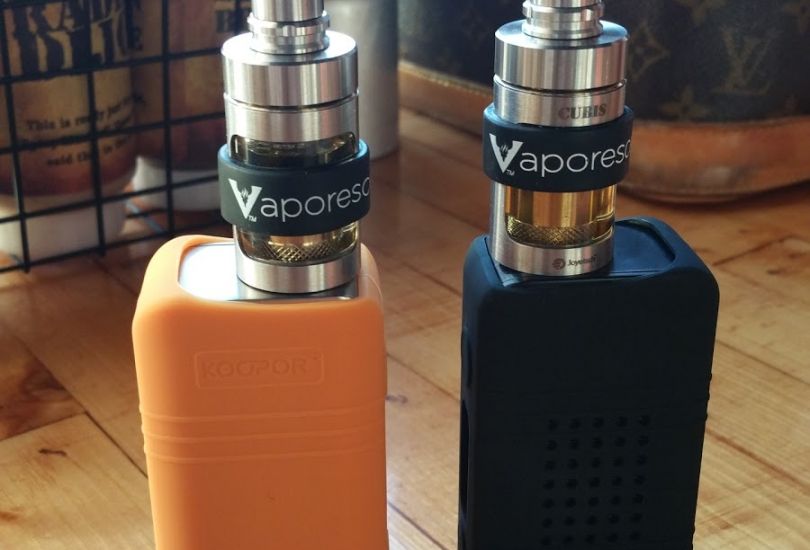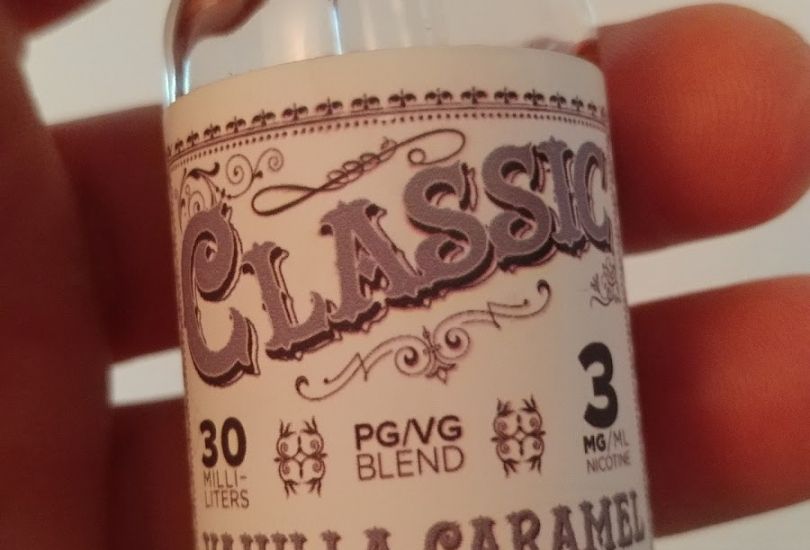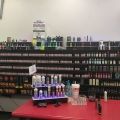About Vaporescence
The premiere source for all things vape and electronic cigarette related, including kits, mods, atomizers, and US made eliquid juice!
- Vaping vs. Big Tobacco: The Future of the Vaping Industry - Smoking vs Vaping: Components, Health Risks, Safety, and Costs - Popcorn Lung: The Truth About Diacetyl and Vaping - New FDA Regulations: Threatening to Push Out the Little Guy
The vaping community experienced quite a stir as news broke out that a certain e-juice ingredient can cause a life-threatening, irreversible disease informally known as ‘Popcorn Lung’. The ingredient in question: diacetyl. Is this a legitimate risk that vapers should be concerned about or is this just another sensationalized story designed to provoke mass hysteria within the vaping community?
Popcorn Lung is the term given to the irreversible lung disease that factory workers acquired from the intense and prolonged exposure to diacetyl. It is medically known as bronchiolitis obliterans and it first came into light in 2000 when a few workers at the Gilster-Mary popcorn plant in Missouri had contracted a respiratory disease. After their investigation, the National Institute for Occupational Safety and Health (NIOSH) found that workers were heavily exposed to diacetyl in the factory.
Diacetyl is the chemical responsible for giving a buttery taste. It can be found not just in popcorn and butter, but in other sources as well, including fermented wine and beer, margarine, shortening, and various flavorings. Diacetyl is also a known additive in tobacco. It is a yellow-green substance that’s used to provide food a buttery taste. Diacetyl has been classified by the FDA as “generally regarded as safe.†That is, it is safe to ingest, but inhaling it could pose risks.
Another story that spurred attention towards diacetyl was when a case of a consumer who ate microwave popcorn for a decade and contracted popcorn lung. It’s thought that because he inhaled the fumes from the artificial butter every day for a decade as the cause for his development of this horrid condition. The authorities saw this as valid concern as it implies that even mere consumers could be at risk of the disease too.
Due to these incidences, authorities have been giving diacetyl an enormous amount of attention. NIOSH advised factories that deal with diacetyl to give their employees respiratory protection. Meanwhile, Occupational Safety and Health Administration or OSHA, advised factories to conduct consistent air testing within their vicinities.
The relationship between diacetyl and vaping was magnified after a recent Harvard study which claimed that some e-liquids contain diacetyl and this may cause popcorn lung for vapers. The study came out in Environmental Health Perspectives journal, saying different levels of diacetyl have been found in various e-juices in the market today. Along with diacetyl, the same study also found that two more dangerous substances, acetyl propionyl and acetoin, were also present in these e-juices.
According to the research, 39 out of the 51 e-juices tested contained diacetyl. The media then went to explain how dangerous diacetyl is in causing popcorn lung and that vapers could be at risk due to the exposure. After the study was released, numerous media outlets have skewed and exaggerated the story, omitting key pieces of information that would have set the records straight. One of which is the fact that tobacco smoke has far more diacetyl and is more dangerous than vaping.
One of the leading figures in e-cigarette research is Dr. Konstantinos Farsalinos. He says that “Tobacco cigarette smoke contains high levels of diacetyl and acetyl propionyl, on average 110 times higher.†Dr. Farsalinos also went on to explain that the e-juices tested had minimal levels of diacetyl, not even near to how much a single tobacco cigarette contains. “It is not expected to raise any concerns about human health effects,†Dr. Farsalinos added.
In his own study, Dr. Farsalinos found that results were consistent with that of the Harvard study. He found that out 74.2% of the tested e-liquid showed contents of diacetyl. This is confirms Harvard’s study that showed 74%. However, Dr. Farsalinos cites how omitting this key piece of information can impact the public’s perception of vaping, saying “this omission creates the impression that e-cigarettes are exposing users to a new chemical hazard while in reality their exposure will be much lower compared to smoking.â€
What seems to be mind-boggling is that even with the multiple-folds of diacetyl amount in traditional tobacco compared to e-cigarettes, “Smoking has not been shown to be a risk factor for bronchiolitis (popcorn lung),†the Critical Reviews in Toxicology says. “It seems like the media is implying that vaping is dangerous and conveniently overlooked the fact that smoking contains more diacetyl yet there have been no reported cases linking smoking to popcorn lung.“
The vaping community thinks that this study can mislead people about the safety of vaping when it has been instrumental in helping them quit their smoking habit. Admittedly, vaping is not 100% safe, but experts also agree that it is far safer than traditional cigarette smoking. In fact, the Public Health of England has endorsed vaping as 95% less harmful than cigarette smoking. It has room for risks, but the risks compared to traditional smoking are far less significant.
Moreover, many vapers today are reformed ex-smokers and attribute most of their success in kicking their smoking habit to vaping. With the industry being on the hot seat right now, it is important to understand how these false hypes and exaggerations could impact the vaping community.
A well-known anti-smoking activist, Bill Godshall, condemns the false accusations of said study by stating “While finding zero evidence of ‘Popcorn Lung,’ the authors are trying to create a public panic.†Furthermore, the American Vaping Association said that “The concept of relative risk should not be ignored. Vapor products are a far safer alternative to smoking, but it has long been recognized that they are not 100% safe.â€
Michael Siegel, a professor at Boston University, also asserts that such information could mislead the general public about the safety of vaping, saying that “It creates a scare by omitting a key piece of information, undermining the public's appreciation of the severe hazards of tobacco smoking and leading to perverse public health outcomes."
It’s a scare tactic designed to favor huge tobacco companies and place vaping at a disadvantage. It may prevent people from finding and using healthier smoking alternatives. Smoking is the culprit for almost 500,000 deaths every year after all and it’s only morally ethical to provide smokers a better and healthier way to quit the habit.
Second, it puts the vaping business into unnecessary jeopardy. It is a fact that some manufacturers and distributors still put e-juices with diacetyl in the market. After all, diacetyl provides more flavor to the e-juice. It is delicious, but the truth is, it is also avoidable. With the rate of growth the vaping business is experiencing today, there’s a huge possibility that skewing information against vaping would serve only the interests of Big Tobacco.
With the false alarming information about diacetyl in e-juices, honest small-business owners could suffer. Yes, diacetyl did exist in e-juices in the past and it may still be there today in some capacity, but smart business owners have been wise to stay away from it in order to keep their business safe for their consumers. Vapers would be on the safer side by opting with e-liquid manufacturers that uphold the highest standards in creating their e-juices.
Third, the minimal amount of diacetyl in some of the e-juices is not as worrisome as the proven hazardous chemicals in cigarette smoking. Vaping still the healthier alternative to cigarette smoking. The juices generally just contain four basic ingredients: vegetable glycerin, propylene glycol, nicotine, and flavorings. These are considered by FDA as generally regarded as safe. However, a simple cigarette can produce a host of numerous toxins, including tar, when lit and inhaled.
If you have been vaping, or intend to start vaping, in order to reduce / eliminate your nicotine consumption, you’re on the right track. Hearing news like “diacetyl causes popcorn lung†can cause you to worry about the safety of this hobby. It just pays to be wary about such headlines and try to dig deeper in order to get to the truth.
Diacetyl may be able to give your vaping experience more fun and flavor, but there are hundreds and thousands of flavors to choose from and you can always choose eLiquids without diacetyl. Vaping is such a personal experience and choosing the flavors you want to experience is a personal decision. If you want to keep it as safe as possible, just do away with diacetyl at all costs.
Second, vaping still stands to be the safer and healthier option to cigarette smoking. If traditional cigarettes contain more amounts of diacetyl and there has been no reported case of popcorn lung caused by them, then you have more confidence that vaping can be much better for you. And you can get away from the hazardous chemical from cigarette smoke that are known to cause cancer and a slew of life threatening diseases as well.
We are not saying that we should just dismiss diacetyl as not a valid cause for concern, but given the minimal amounts in the juices tested, it does help provide assurance that you can still vape safely. The most important thing is to just steer away from e-juices containing diacetyl.
What the general public must be more wary of is Sucralose, a sweetener that’s now being linked to cancer. When sucralose is heated up to a certain level, the vaper’s health could be put at risk. However, like diacetyl, Sucralose is an optional ingredient in your e-juice. You can always do away with it if you choose.
Given the alarm that diacetyl has recently stirred within the vaping community, you might begin to question how safe your e-juice is. Vapers can always do away with diacetyl and other risky substances by taking the following steps.
There are manufacturers who make and mix their e-juice in their own headquarters without following proper laboratory protocol or using the right equipment. This can put the e-juice into the risk of contamination. As much as possible, only buy from a manufacturer with proper laboratory set-up.
Although the vaping community has been internally fighting a war against harmful e-juice substances, there are other manufacturers who still choose to use diacetyl. This is after all, what the study found out. For your peace of mind, simply opt to buy e-juice without diacetyl. Choosing your e-juice is your choice and it would be great to choose one that you can vape confidently and safely.
Make sure to get your e-juice from a reputable source where e-liquids are made and tested according to the highest laboratory standards. Vaporescensce guarantees that all new liquids are tested to contain less than 5 parts per million (which is basically zero diacetyl and acetyl propionyl) so that you continue to enjoy vaping without worrying about health safety.
Vaping may not be 100% safe, but it is certainly several times safer than traditional cigarettes. You can also take steps to ensure your vaping experience remains that way as far as your juices are concerned.
Propaganda against vaping is not only hurting the public’s perception towards it, but it also potentially prevents smokers from starting a healthier and safer alternative. After all, vaping was initially designed as a medical delivery device and evolved into a smoking alternative.
If you intend to start vaping to kick your smoking habit, it helps to do your own research and make your own decisions with the information you find.
Contact Information
Opening Hours:
Monday: 10:00 AM – 7:00 PM
Tuesday: 10:00 AM – 7:00 PM
Wednesday: 10:00 AM – 7:00 PM
Thursday: 10:00 AM – 7:00 PM
Friday: 10:00 AM – 7:00 PM
Saturday: 10:00 AM – 5:00 PM
Sunday: 12:00 – 4:00 PM

